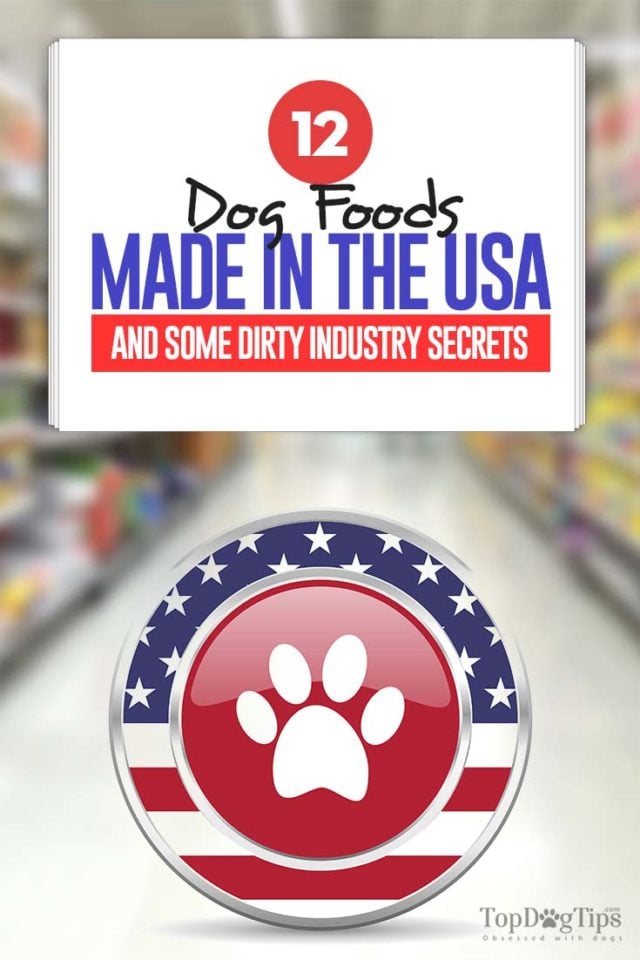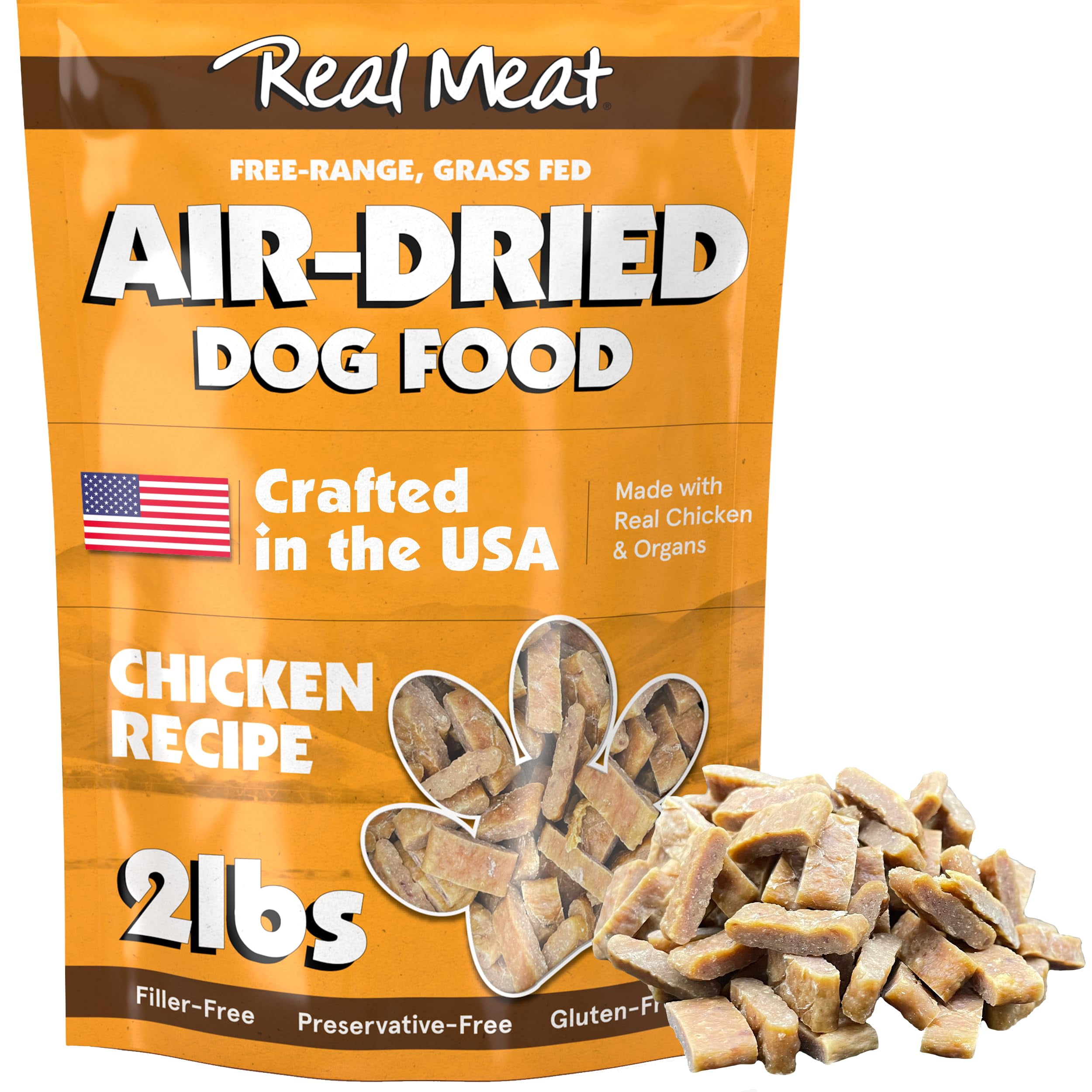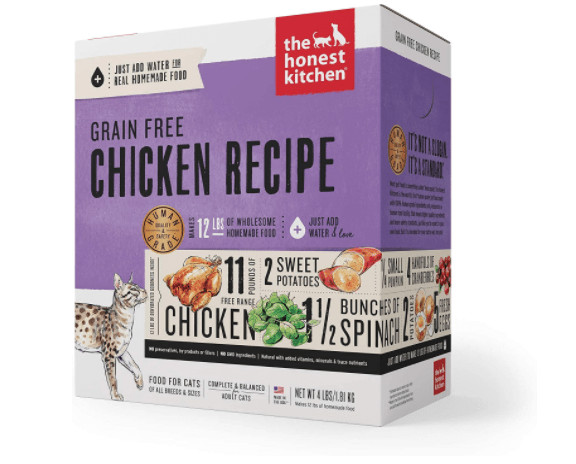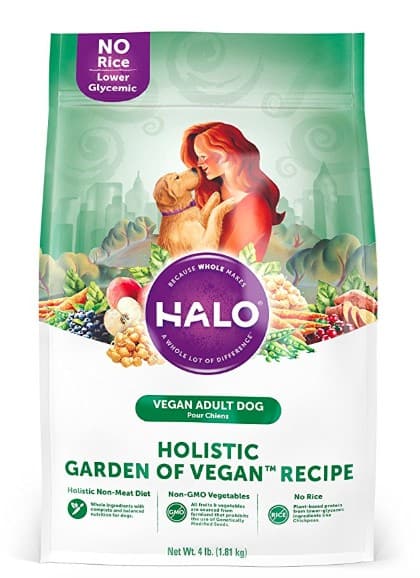Dog Food Sourced And Made In Usa

In an era defined by supply chain disruptions and growing consumer consciousness, the origin of pet food has become a critical concern for millions of American dog owners. Fears surrounding ingredient safety, ethical sourcing, and the promotion of local economies are driving a surge in demand for dog food that is both sourced and made in the USA.
This rising demand presents both opportunities and challenges for the pet food industry, raising complex questions about transparency, regulation, and the true meaning of "Made in the USA." Navigating this increasingly important landscape requires a deeper understanding of the factors driving consumer choice, the intricacies of domestic sourcing, and the potential impact on the health and well-being of our canine companions.
The Demand for Domestic Dog Food: A Multitude of Factors
The push for dog food sourced and made in the USA is rooted in several interconnected trends. Consumer trust has been eroded by past recalls and concerns about the quality control standards in some overseas manufacturing facilities.
Incidents involving contaminated ingredients and misleading labeling practices have fueled skepticism and prompted dog owners to seek greater transparency in their pet food purchases. Concerns about ethical labor practices in other countries have also contributed to this shift.
Furthermore, the desire to support American businesses and contribute to the domestic economy plays a significant role for many consumers. They see buying American-made dog food as a way to boost local industries and create jobs within the country.
Decoding "Made in the USA": A Regulatory Minefield
While the label "Made in the USA" appears straightforward, its application in the pet food industry is more nuanced than one might expect. The Federal Trade Commission (FTC) enforces standards for "Made in USA" claims, but these regulations allow for certain exceptions.
According to the FTC, a product can be labeled "Made in USA" if it is "all or virtually all" made in the United States. This means that some foreign content may be permitted, particularly if certain ingredients are not readily available domestically. The percentage of ingredients sourced from the US is key.
This regulatory flexibility has led to a range of interpretations among pet food manufacturers. Some companies prioritize sourcing all ingredients from within the United States, while others may rely on a combination of domestic and foreign sources to maintain affordability or access specific nutrients.
This has led to confusion and frustration among consumers who are actively seeking products with a clear and verifiable commitment to domestic sourcing. It's imperative for pet owners to meticulously review labels and research the sourcing practices of different brands.
The Sourcing Landscape: Challenges and Opportunities
Sourcing ingredients solely from the United States presents both significant challenges and unique opportunities for dog food manufacturers. Access to certain ingredients, such as exotic proteins or specific vitamins, may be limited or unavailable within the country.
Moreover, the cost of domestic ingredients can be higher compared to those sourced from overseas, potentially impacting the affordability of the final product. This is especially true for specialized diets and high-quality formulations.
However, domestic sourcing also offers significant advantages. It allows manufacturers to maintain closer oversight of ingredient quality and safety, reducing the risk of contamination and ensuring adherence to stricter production standards.
Companies committed to domestic sourcing can also forge stronger relationships with local farmers and suppliers, fostering greater transparency and promoting sustainable agricultural practices. Furthermore, the availability of organic and non-GMO ingredients can be more reliable when sourcing domestically.
Impact on Dog Health: Does Origin Matter?
The origin of dog food ingredients can directly impact the health and well-being of our canine companions. While nutritional value is paramount, the quality and safety of ingredients are equally crucial.
Dog food sourced from countries with less stringent regulations may be at a higher risk of contamination with harmful substances, such as heavy metals or toxins. The presence of fillers and artificial additives can also negatively affect a dog's digestive system and overall health.
Conversely, dog food made with high-quality, domestically sourced ingredients is more likely to provide essential nutrients and promote optimal health. A clear, traceable supply chain can significantly reduce the risk of foodborne illnesses and allergic reactions.
Consumers are increasingly aware of the link between diet and health. They are looking for "Made in the USA" products to provide their dogs with the best possible nutrition, prioritizing safety and quality over lower prices.
Looking Ahead: The Future of Domestic Dog Food
The demand for dog food sourced and made in the USA is likely to continue to grow as consumers become more informed and discerning about their pet's nutrition. Transparency and traceability will become increasingly important factors influencing purchasing decisions.
Manufacturers who prioritize domestic sourcing and implement rigorous quality control measures are well-positioned to thrive in this evolving market. The adoption of blockchain technology and other supply chain tracking systems can help build consumer trust and ensure the integrity of "Made in the USA" claims.
Furthermore, greater collaboration between the pet food industry, regulatory agencies, and consumer advocacy groups is needed to establish clearer standards and promote responsible sourcing practices. Education of dog owners is critical.
The future of domestic dog food hinges on a commitment to transparency, quality, and sustainability. As consumers continue to demand greater accountability, the industry must respond by providing safe, nutritious, and ethically sourced products that promote the health and well-being of our beloved canine companions.


















